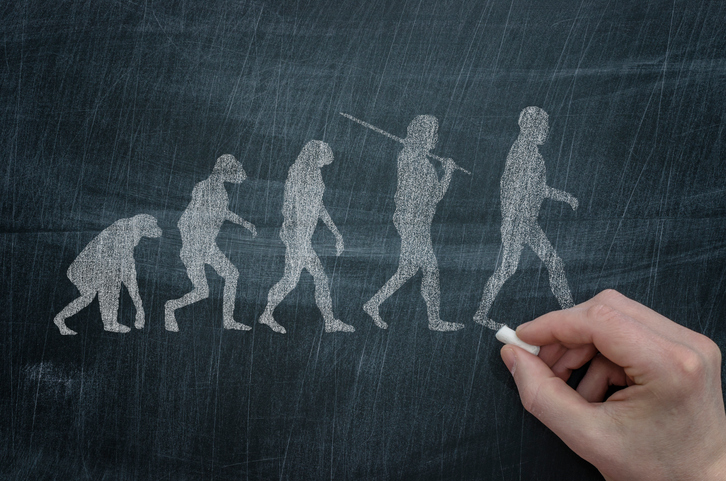Signs have been an important part of daily life in civilizations around the world for thousands of years, and like other parts of society, they have evolved significantly as technology has advanced. Sign companies currently generate more than $50 billion a year in revenue, with digital signage taking a bigger piece of the pie every year. While how signs work and are constructed has changed over time, the important purpose they serve remains the same.
A Short History of Signage
Many historians believe that our current concept of signs started with the ancient Greeks and Romans. Their signs used imagery, due to mass illiteracy, to demarcate specific businesses and government locations. As time went on, signs became more elaborate, using hand-carved wood, colorful paintings, and gold engraving. At one point, the size and placement of signs became a problem due to explosive growth in cities, so laws were made about how big signs could be and where they could be placed. Eventually, the Industrial Revolution made possible the mass production of signs used in nearly every sector of the economy.
The invention of electrical power in the 1800s marked the beginning of the biggest evolution of business signage in history. In the early years, lightbulbs had the most pronounced effect. Lights could illuminate signs so they could be seen at night, and they could be used to attract attention at early casinos, movie theaters, and shops. When plastics were invented in the 1950s, mass production of printed signs became a lot faster and cheaper, spreading their use to every sector of the economy.
The Digital Signage Revolution
The signage evolution accelerated significantly nearly 100 years after the invention of the lightbulb with the invention of the personal computer. Personal computers changed signs in several distinct ways. First, they allowed graphic designers to create professional designs quickly using software, so companies that wanted signs no longer had to rely on skillful artists who drew by hand. Second, computers allowed programmers to control the display of lights to form digital signs.
Early digital signs were usually scrolling marquees displayed at places like the NYSE and movie theaters. They displayed letters, numbers, and very simple graphics. As computing technology improved and screens with higher resolution were introduced, digital signs became more detailed and colorful. A modern digital sign is essentially a computer monitor that displays anything a business or organization wants—from simple text to high-definition video.
Future Evolution of Digital Signs
It’s impossible to know what the future holds for any industry, but there are exciting technologies on the horizon that may advance business signage further. There are already working examples of holographic signs used for promotions and trade shows. As the technology improves, we can expect to see holograms in a variety of environments. Interaction with signs may also change with sensor technology and handheld devices, giving consumers more information about a product or service.
Traditional printed signs still play a big role in advertising, traffic, and other areas, but digital business signage will continue to transform the way information is communicated. You can learn ways to grow your digital sign business to take advantage of this revolution.
